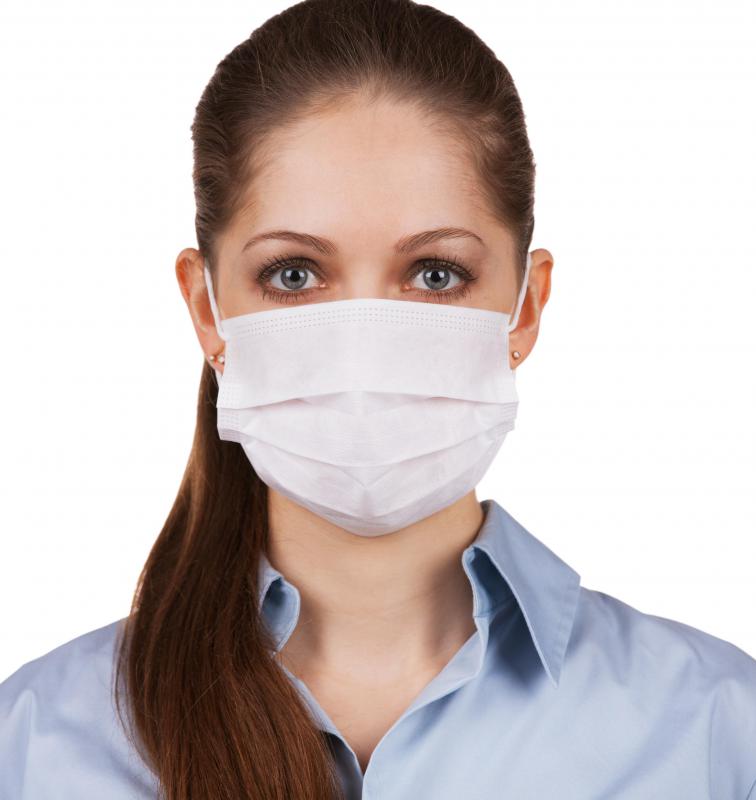At WiseGEEK, we're committed to delivering accurate, trustworthy information. Our expert-authored content is rigorously fact-checked and sourced from credible authorities. Discover how we uphold the highest standards in providing you with reliable knowledge.
What is Pneumocystis Jiroveci?
Pneumocystis jiroveci is a type of fungus responsible for causing Pneumocystis pneumonia (PCP). This fungus was previously classified as Pneumocystis carinni. Once scientists determined that this fungus was specific to humans, the name was changed.
The most common people who are susceptible to an infection caused by Pneumocystis jiroveci are those with damaged immune systems. This type of infection is grouped with many other opportunistic infections. People with healthy immune systems do not generally develop infections caused by this fungus. Otherwise healthy individuals have the fungus in their lungs, but the immune system has built an immunity to the fungi and the reactions that occur in someone with a weak immune system do not occur in a healthy indivdual.

Pneumocystis jiroveci symptoms include shortness of breath, night sweats, and fever. Other symptoms can include a non-productive cough, weight loss, and a history of unexplained chest pain. Symptoms do not usually appear immediately following exposure, and can take several weeks to start showing.
Most research has shown that pneumocystis jiroveci transmission is primarily airborne, but scientists are not sure where the fungi reside before being spread through the air. Once it is picked up by a human, the fungus settles in the lungs where it can thrive and reproduce. The symptoms occur as a reaction of the immune system and how it responds to antigen exposure.

Prevention efforts are vital, especially for people with a compromised immune system. Pneumocystis jiroveci prevention involves steps to reduce the possibility of exposure, such as wearing a face mask and taking a preventative medication, such as sulfur based antibiotics. Preventing airborne transmission is not always possible, and it is a good idea to follow a doctor’s instructions to reduce the chance of developing pneumocystis pneumonia. Prescription medications can aid in preventing a person from being susceptible to the fungus.

In the event of an infection, pneumocystis jiroveci treatment is possible. Although an infection occurs, it is not a bacterial infection. This form of pneumonia will not respond to the type of antibiotics that are designed to kill bacteria. Another type of medication is prescribed, often in combination with other forms of medicines.
To treat pneumonia caused by this fungus, an anti-pneumocystic medicine is prescribed. Doctors will generally also prescribe a form of steroids to help prevent or reduce swelling and inflammation. Symptoms should subside within four days of continuing treatment. The full treatment time is generally 21 days, and all medications should be taken as directed. Treatment should not stop because symptoms subside or completely go away.
AS FEATURED ON:
AS FEATURED ON:














Discuss this Article
Post your comments